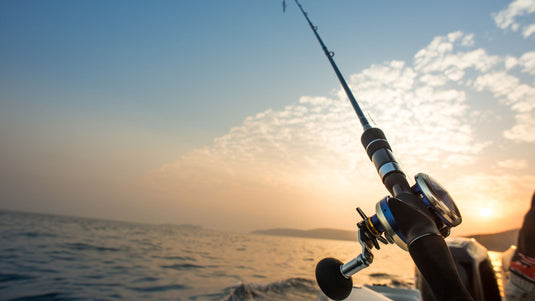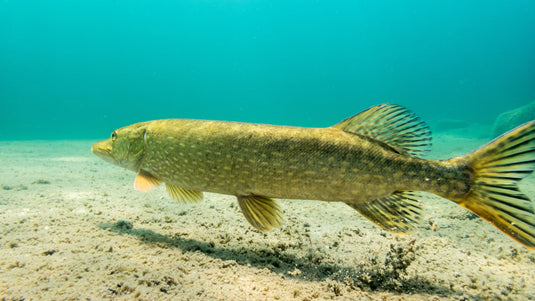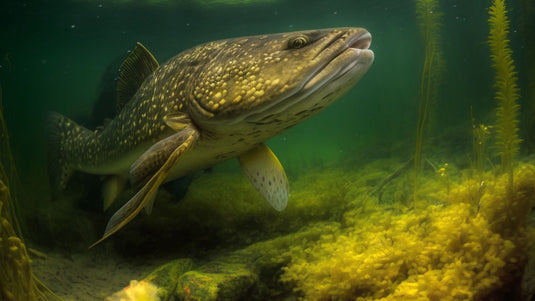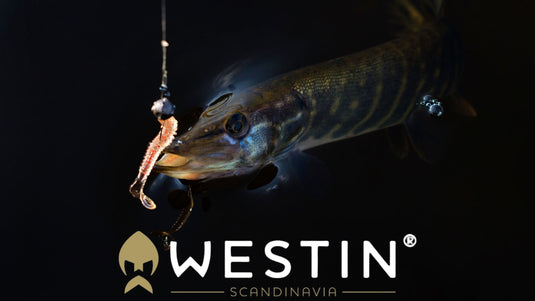Trolling Fishing Tackle: What you should Know for a Successful Trip
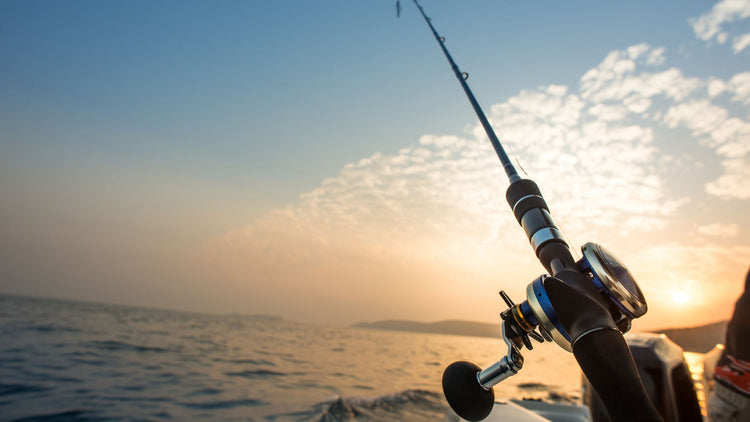
Trolling Fishing Tackle
When it comes to fishing techniques that bring both excitement and effectiveness, trolling is at the top of the list. This method, which involves dragging bait or lures behind a moving boat, is highly effective for targeting big game fish and various other species. But the secret to success lies not just in the technique, but also in having the right trolling fishing tackle.
What is Trolling Fishing?
Before we get into the tackle specifics, let’s clarify what trolling actually is. Trolling is a fishing method where one or more fishing lines, baited with lures are drawn through the water behind a boat. It is commonly used in both freshwater and saltwater fishing to catch species like Pike or Tuna. The key to successful trolling lies in covering large areas of water to find actively feeding fish, making it ideal for anglers who are ready for adventure and variety.
Essential Trolling Fishing Tackle
If you’re gearing up for a trolling adventure, here’s a detailed breakdown of the equipment you'll need:
1. Trolling Rods
- Length and Flexibility: Trolling rods are generally longer and sturdier than traditional rods, usually ranging from 6 to 12 feet. The flexibility and strength of these rods allow them to handle the stress of a constantly moving lure and the hard-hitting strikes of large fish.
- Types: For freshwater trolling, medium-action rods are suitable, while saltwater trolling for larger fish requires heavy-action rods that can withstand intense pressure.
2. Trolling Reels
- Conventional Reels: These are the most common choice for trolling and come with higher line capacity and greater drag systems, which are crucial for handling big game fish.
- Baitcasting Reels: In some situations, baitcasting reels are used for trolling, especially for smaller freshwater species. However, for deep-sea trolling, conventional reels are your best bet.
- Line Counters: Some trolling reels come equipped with line counters, allowing you to know exactly how much line is out. This is essential for controlling the depth at which your lure travels.
3. Fishing Line
- Monofilament Line: Monofilament lines are popular for trolling because of their stretch, which provides a cushion against sudden strikes and makes fighting big fish easier.
- Braided Line: Braided lines are incredibly strong and have less stretch, making them suitable for trolling in deeper waters or when targeting fish with a strong initial pull. They are often used in combination with monofilament or fluorocarbon leaders.
- Wire Line: For trolling in very deep waters or when targeting fish like mackerel, wire line can be used. Its heavy weight allows lures to sink deeper without additional weights.
4. Downriggers and Planers
- Downriggers: These are essential tools for controlling the depth of your lures. A downrigger consists of a weighted cannonball attached to a cable and a release clip that holds your fishing line. The cannonball sinks to the desired depth, taking your lure along with it.
- Planers: Planers are devices that pull your line away from the boat and down into deeper water, allowing you to troll multiple lines at different depths without tangling.
5. Trolling Lures and Bait
- Hard Baits: Crankbaits, diving plugs, and trolling spoons are popular for mimicking the swimming motion of baitfish. They come in various sizes and colors, depending on the target species.
- Soft Plastics: Soft plastic baits, like shad imitations, work well for certain species and can be trolled at different speeds to attract fish.
- Live Bait and Dead Bait: These baits can be presented naturally or combined with a trolling skirt to enhance their attractiveness.
6. Terminal Tackle
- Leaders: Heavy-duty leaders, often made of fluorocarbon or steel wire, are used in trolling to prevent sharp-toothed fish from cutting through the line. For most saltwater trolling, a leader between 30-100 pounds is used, depending on the species.
- Snap Swivels and Clips: These are used to attach lures quickly and prevent the line from twisting.
- Weights and Sinkers: Depending on how deep you want your lure to swim, weights can be added to your setup.
Trolling Techniques and Tips
-
Adjust Your Speed The trolling speed can greatly impact your success. Always pay attention to how your bait or lures move through the water to ensure a lifelike presentation.
-
Vary Your Depths Fish can be anywhere in the water column, so don’t stick to one depth. Use a combination of downriggers, planers, and lines set at various lengths to cover a wide range.
-
Use a Fish Finder A fish finder is invaluable for trolling, helping you locate schools of fish, underwater structures, and changes in depth. This can guide you on where to drop your lures or bait.
-
Pay Attention to Baitfish Activity Trolling around areas where baitfish are active, like near drop-offs, or current lines, can increase your chances of success. Predatory fish often lurk nearby, waiting to strike.
-
Stay Organized Trolling requires managing multiple lines, so staying organized is crucial. Rod holders, tackle boxes, and a well-thought-out setup can save you from frustration and tangles.
Choosing the Right Trolling Setup for Different Species
-
Freshwater Trolling
- Target Species: Pike or Trout.
- Setup: Medium-action rods, monofilament line, crankbaits, and diving plugs.
-
Saltwater Trolling
- Target Species: Tuna
- Setup: Heavy-action rods, braided or wire lines, high-capacity reels, and rigged baits or trolling lures like cedar plugs and spreader bars. Downriggers and outriggers can help manage multiple lines.
Final Thoughts
Trolling is an exhilarating and rewarding fishing technique that offers the potential to catch some truly impressive fish. However, it requires the right gear and know-how to be successful. By investing in quality trolling fishing tackle and learning how to use it effectively, you can maximize your chances of landing that trophy catch.
Whether you're new to trolling or a seasoned angler, experimenting with different setups and techniques will make each trip an adventure. So grab your trolling rods, set up your lines, and get ready to explore the vast waters in search of your next big catch. Happy trolling, and tight lines!








